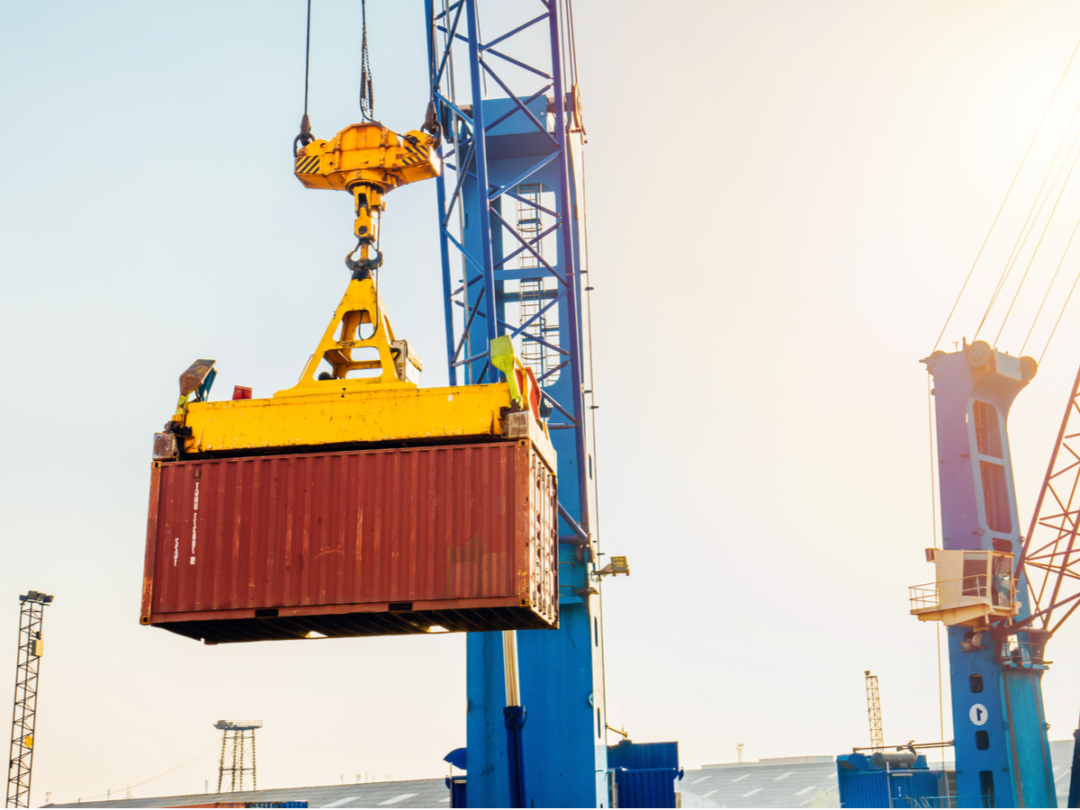
Visit Our Sponsors |
|
|
|
|
|
|
|
|
|
|
|
|
|
|
|
|
|
|
|
|
|
|
|
|
|
|
|
|
|
|
|
|
|
|
|
|
|
|

Global supply chain risk events increased by 36 percent in 2018 according to Resilinc’s annual Event Watch. The threat of trade tariffs from the U.S. looms large, the U.S.-China dispute rumbles on — and then there’s Brexit.
The EU now views a no-deal Brexit as “highly likely”. With no time to waste, businesses of all sizes across Europe need to assess the risks, test and prepare for whatever the future holds.
In the IT world the ability to recover data and systems fast when disaster strikes is an organizational priority. Doesn’t it make equally good sense to have a plan in place to protect your supply chain? Yet, research from the Global Supply Chain Institute at the University of Tennessee found only 16 percent of companies have a documented, multi-year supply chain strategy, and it’s highly likely most businesses lack a robust continuity and recovery plan.
It’s impossible to predict which of the numerous possible Brexit scenarios will become a reality so executives need a contingency plan. What can supply chains learn from the concepts of an IT disaster recovery plan?
Seven Keys to a Supply Chain Continuity Plan
1. Have you performed a comprehensive risk analysis?
First you need to analyse the impact to your supply chain of each possible scenario. Identify which poses the greatest risk to your business and make preparation for that outcome your priority.
2. Are you communicating and assigning roles across your supply chain?
Clarify roles and responsibilities internally and across your end-to-end supply chain. Document exactly who does what in each eventuality. Break down any siloes within your organization and across your supply base; they will slow down your recovery.
3. Can you guarantee continuity of supply?
Do you have resilience across the end-to-end supply chain? Do you know who your suppliers’ suppliers and buyers’ buyers are and how the introduction of tariffs might impact them? Have they made their own preparations to ensure continuity? Discuss your recovery plan with them and ask them about theirs.
4. Do you have backup procedures in place?
Once you have a comprehensive understanding of what’s happening across your buy-make-move-fulfill supply chain, you will be equipped to identify potential risks and guard against them. If prices begin to rise, you need to be ready to move to alternative domestic, regional or global suppliers without disrupting supply.
5. How will Brexit impact your inventory?
One possible outcome of Brexit is customs delays which will result in longer lead times. Have you planned to protect yourself against shortages of any key components, particularly those with a short shelf life, to minimize delays, maintain product quality and retain customers?
6. Do you have visibility across your end-to-end supply chain?
A recovery plan depends on having access to accurate, real-time data. Data analytics can provide you with that visibility as well as help predict how price fluctuations and changes to availability of commodities will impact your supply chain.
7. When did you last test your plan?
Simply having a plan isn’t enough when the sands keep shifting. You need to continually revisit and test it to ensure your supply chain is equipped to react quickly if, and when, changes occur.
The Outlook
You have to focus on the business critical because uncertainty is here to stay. Disruptive technologies and geopolitical tensions are only going to intensify, so a well-documented, end-to-end supply chain strategy is critical to growth, profitability and corporate survival.
If you don’t have a documented supply chain continuity and disaster recovery plan, it’s time to develop one fast. If you have one, it’s time to test it now.
Simon Knowles is chief marketing officer for Maine Pointe.
RELATED CONTENT
RELATED VIDEOS
Timely, incisive articles delivered directly to your inbox.

